Bestseller
Benodebehari Mukherjee (1904-1980): Centenary Retrospective
Synopsis
Benodebehari Mukherjee, born on 7 February 1904 in Behala, a suburb of Calcutta, was a painter and muralist of great distinction, a teacher of immense resources and influence, and an insightful thinker and writer on art. Following a childhood illness that left him with impaired vision and kept him away from a formal education, at age thirteen, he joined the school founded by Rabindranath Tagore at Santiniketan. Two years later he enrolled as one of its first students at Kala Bhavan, the art school. Under the influence of Rabindranath’s progressive ideas, Kala Bhavan became the nucleus of an art movement that explored the entire gamut of creativity from personal to public and functional art. After completing his studies Benodebehari became a member of the teaching faculty, and played a central role, with Nandalal Bose and Ramkinkar Baij, in making Santiniketan the most important centre for art in India between 1920 and 1947. a sojourn he undertook to Japan in 1937 brought an assimilation of the principles of calligraphic painting and its concomitant world view into Benodebehari’s work. This synergy he brought to his perception of the Santiniketan landscape and of life therein, represented in his drawings and sketches, scrolls, and remarkable murals. Benodebehari showed an early interest in murals, seeing in them an opportunity to work on an ambitious scale and to present a comprehensive vision of the world. Of his several murals, the most important and arguably also the most ambitious mural of modern India is the one he painted in 1946-47 on three walls of the Hindi Bhavan at Santiniketan: based on the lives of the medieval saint-poets, it presents a vision of India’s past as an elaborate pageant. In 1949 Benodebehari Left Santiniketan to assume the position of curator at the Nepal Government Museum in Kathmandu. He recorded the landscape and people of Nepal in a series of drawings and watercolours marked by a lightness of spirit that was new in his art. In 1952 he moved to Mussoorie where, once again, landscape became his major trope; and then to Patna, on an assignment to revamp the art school there. By then his eyesight had begun to decline rapidly and after an unsuccessful surgery he lost his sight completely in 195y. blindness did not diminish Benodebehari’s creative urge: directing it into new areas, he began to make drawings and small sculptures, paper-cuts and prints. After losing his eyesight Benodebehari returned to Santiniketan to teach art history. This was also when he took to writing seriously. He gained recognition as a modern writer in Bengali, and won two literary awards. Other honours too came his way: in 1970 he was appointed Professor Emeritus at Visva Bharati and elected Fellow of the Lalit Kala Akademi; in 1973 Satyajit Ray made a celebrated documentary on his work titled The Inner Eye; in 1974 he was honoured by the Government of India with the Padma Vibhushan; in 1977 he was conferred the honorary doctoral degree of Desikottama by Visva Bharati. Benodebehari Mukherjee died on 19 November 1980, at the age of 76.
Read more
260.10
234.09
$
289.00 $
Free delivery Wolrdwidе in 10-18 days
Ships in 1-2 days from New Delhi
Membership for 1 Year $35.00
Get it now and save 10%
Get it now and save 10%
BECOME A MEMBER

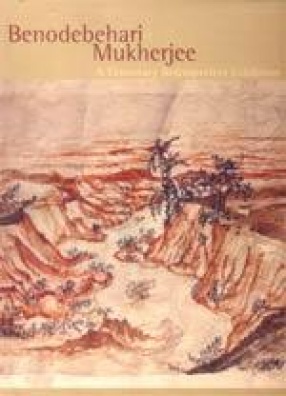
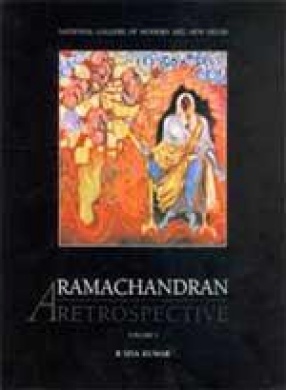
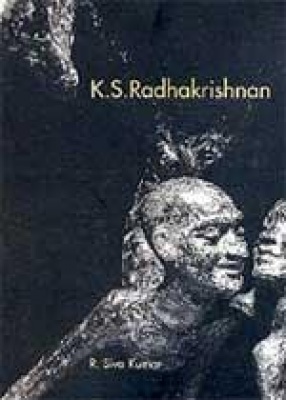
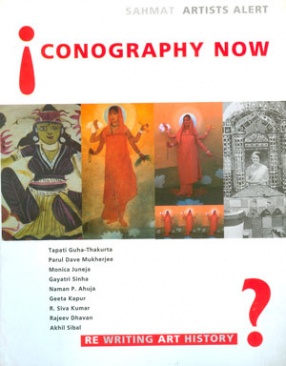

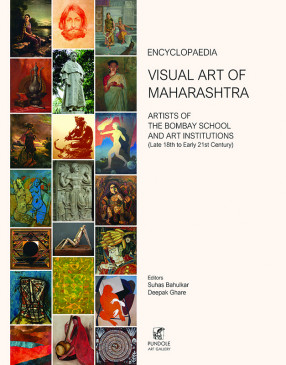
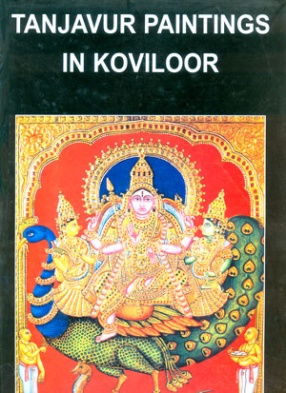
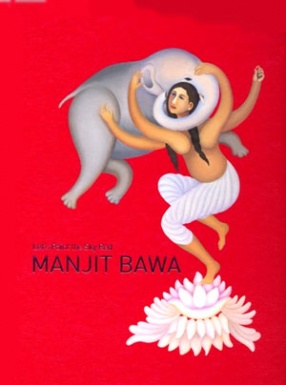


Bibliographic information
R. Siva Kumar